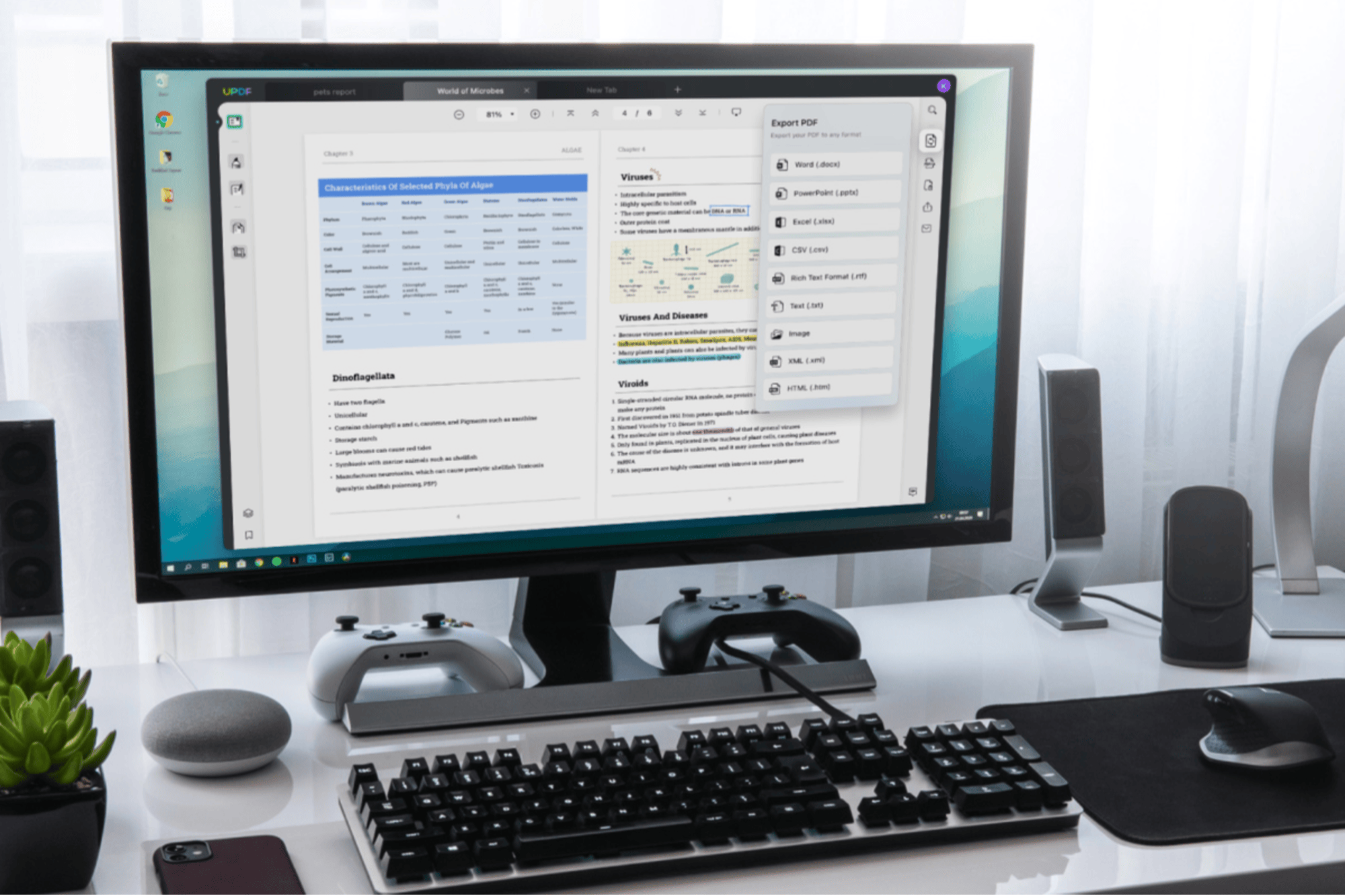Your Follower Count Is Irrelevant When It Comes to True Influence — These Are the Criteria That Really Matter Many influencers focus on followers, likes and comments in hopes of monetization; however, those aren't the most important numbers coinciding with profitability.
By Nicole Rowley Edited by Kara McIntyre
Key Takeaways
- A large follower base does not necessarily equate to real influence or sales conversion; businesses are rethinking influencer marketing strategies.
- Key influencer metrics are evolving beyond likes and followers to include tangible business outcomes like sales conversions and average spend.
- Upcoming AI technology will refine influencer evaluations by tracking customer spend and creating more accurate measurements of influence.
Opinions expressed by Entrepreneur contributors are their own.
It's not an anomaly to see a social media account with 1 million followers, admire their success and think you need to do the same things they're doing. However, followers don't always translate to "influence," meaning they've actually influenced their audience to take action — the whole premise of an influencer.
When assessing an account that's more popular than yours, ask yourself if they also meet the criteria of:
- Reputability: Do their viewers see them as credible?
- Cross-referencing: Is there a way to cross-reference what they've said or audit education/experience based on any statements made?
- Industry standard: Are they meeting the bar with the content curated?
- Proprietary: Is what they're saying/doing different or is the delivery inimitable?
- Audience insights: Do they know the audience they're building demographically — age, location, interests, etc.?
The value is in the evaluation, and that's based on understanding one big thing: why someone is a fan/follower of you. Once that's answered, this serves as greater input into what really lies ahead in alignment with how to sell to them.
Related: Are Influencers Actually Influential? How Influencer Marketing Can Deliver Brand Impact
Call to action (CTA) vs. Good sales strategy
Even if social media provided direct insight into socioeconomic status allowing us to understand consumers' affordability of services and products, this isn't to say that an influencer's commercial, i.e. promotion of the product/service, would work. How you sell to an audience is more than saying, "Let me send you something" or "Click the link."
This is where many influencers lose line of sight because 10% of business is products and services, while 90% is business itself — and many influencers have not mastered the competency of sales. They can sell themselves to get likes, comments, saved posts and followers, but this doesn't always translate into making money. Despite this, many of them still get a paycheck ... for now.
Your actionable step is to show how a problem is solved, value communication and buyer personas amongst mixed demographics.
Monetization madness
Influencers are making money and there's no indistinctness in that, but many can only tell you (4) numbers:
- Followers: This is "retention," a.k.a. the number of people they've been able to keep as an audience.
- Mild demographics: Age and location of those followers.
- Click through rate (CTR): The number of people they can get to click on a call to action.
- Partial conversion rate: The number of people post clicking on a CTA who purchase, but this is only capturable if a business uses an affiliate program and if a purchaser didn't circumvent this.
We still do not know in alignment with conversion rates: Consumers who purchased because of an influencer, but bypassed the affiliated loop (i.e. purchased via an alternative measure), which now yields an untraceable origin for the transaction and non-affiliate-using businesses with no form of tracking (tangible good providers not using affiliate links, restaurants plus other brick-and-mortars and service providers).
How technology is going to close the loop and AI will introduce a new metric
If an incentive is proposed for using an affiliate link, this drastically increases the likelihood that it will be used with the No. 1 mechanism for adoption being cost reduction. If a consumer is told they'll pay less upfront or through developing loyalty points they can save later, many will see the value.
Additionally, with the usage of an app/software/program, this technology will show businesses:
- Average spend: The average amount of money spent by an influencer's audience.
- Customer lifetime value: The average amount of money an influencer's audience spends over time.
- Buyer demographics: If the tooling as a prerequisite asked questions in alignment to understand that consumer, what once were only follower insights are now buyer insights. These are the numbers to start paying attention to!
Artificial intelligence tools will also be able to tell us how much money an influencer's audience is projected to spend within the influencer's business; the average amount of money an influencer's audience is projected to spend with their business over time (projected customer lifetime value); and financial trend connections, like the impacts economics have on an influencer's audience and what exactly they're spending their money on.
Related: Influencers: The New Besties For E-commerce?
The new proposition: An influencer vs. a contributor
Just have a look at these three scenarios:
- High sales conversion rate with high projected average spend: An influencer with 10,000 followers showing a 3% sales conversion rate with a $150 projected average spend = $45,000 average collaboration revenue (10,000 x 0.03 = 300 Customers x $150).
- High sales conversion rate with low projected average spend: An influencer with 100,000 followers showing a 3% sales conversion rate, with a $10 projected average spend = $30,000 average collaboration (100,000 x 0.03 = 3,000 customers x $10).
- Low sales conversion rate with high projected spend: An influencer with 100,000 followers showing a 0.2% sales conversion rate, with a $150 projected average spend = $30,000 average collaboration (100,000 x 0.002 = 200 customers x $150).
The data above shows us how an influencer with 10,000 followers can be more valuable than an influencer with 100,000 followers, simply due to sales conversion and average projected spend. If an influencer cannot get their audience to spend and when they do if they're not spending enough money to make that business profitable, outside of qualitatively supporting their reputation, how can a business owner say they were a good monetary investment?
This new metric is really what's going to distinguish between an influencer and a contributor to the platform who just so happens to have a lot of followers. Your goal is to make sure you know your audience, how to sell to them best and recalibrate your strategy to improve numbers that businesses will use to identify if they will hire you or not.











